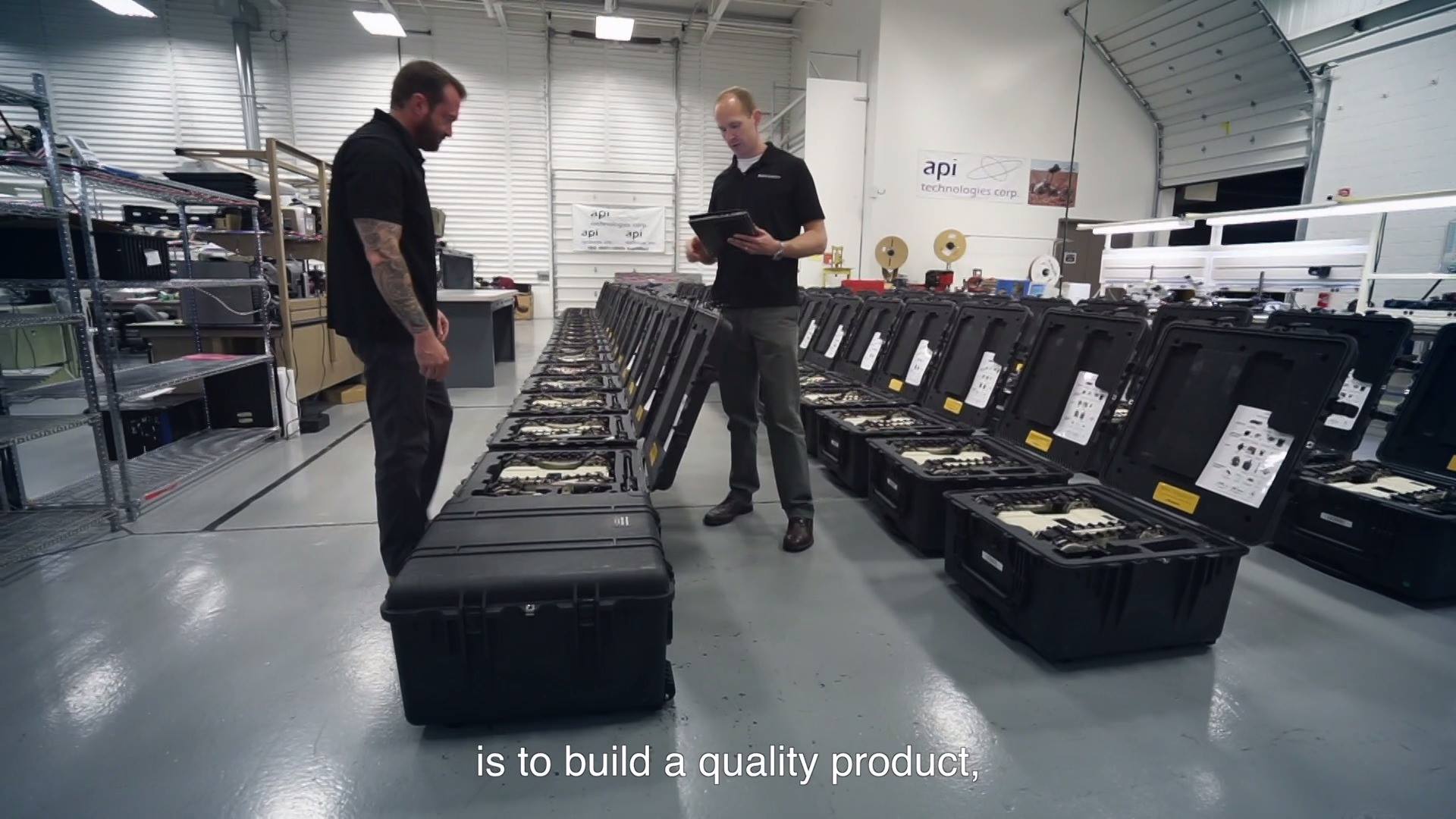Jul 1, 2017
Artificial Intelligence Will Make Forging Anything Entirely Too Easy
Posted by Aleksandar Vukovic in category: robotics/AI
Lyrebird, a deep learning tech startup based in Montreal, is developing technology that allows anyone to produce surprisingly realistic-sounding speech with the voice of any individual. Lyrebird’s demo generates speech, including varied intonation, in the voices of Donald Trump, Barack Obama, and Hillary Clinton. For now, the impersonations are impressive, but also possess a fuzzy, robotic quality that allows even an untrained ear to easily recognize the voice as computer-generated. Still, the technology is making rapid progress.
Opinion: The world of truth is about to be upended by AI technologies.

















